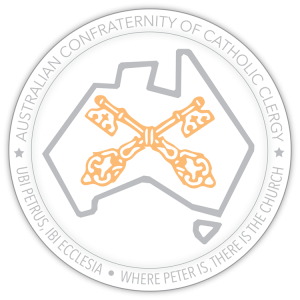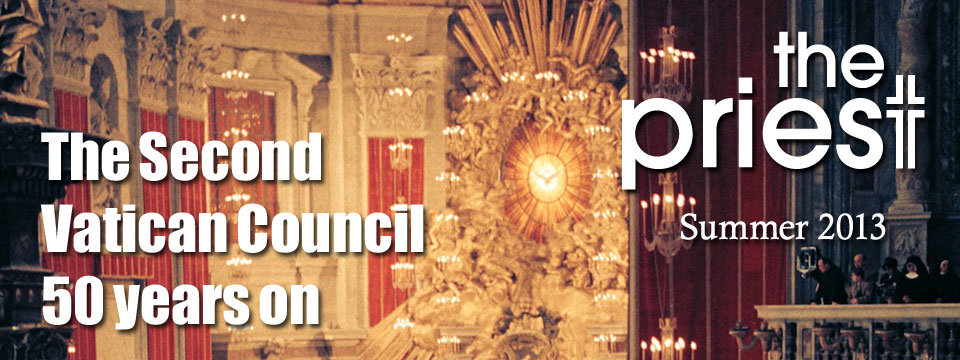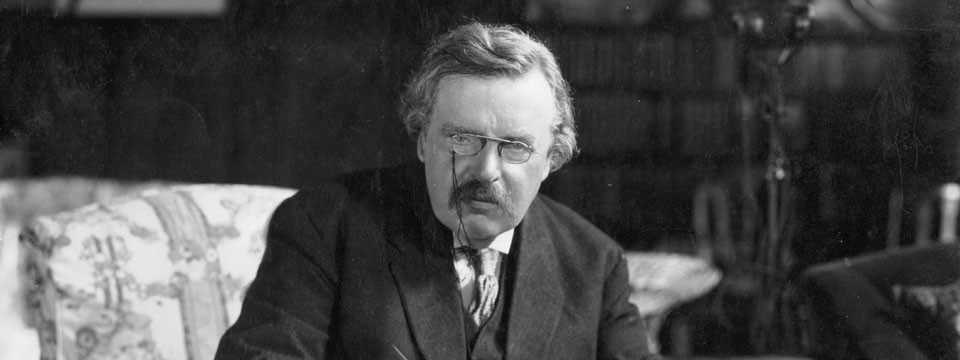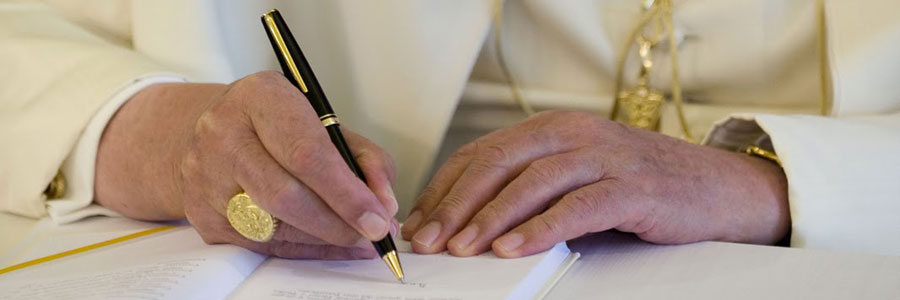This is a tiresome and silly book, especially for Catholic readers who have a thought-through understanding of their living Faith. But it is marketed as “A New York Times Bestseller” and as “Crystal-clear, constantly engaging, and enjoyable.” Its relevance for readers who have religious convictions is that we must deal with people who adopt Daniel Dennett’s perspective – although usually not so narrowly and ideologically.
I use the words ‘narrowly and ideologically’ with some force. The most pervasive self-ascription for the contents of Breaking the Spell is scientific, with science understood in specifically evolutionary terms. However, I judge it is not a scientific book, because a scientific approach requires the adoption of whatever methodologies are best suited to the topic under examination. This book, on the contrary, takes a relentlessly positivist approach to its subject matter. (Positivism is the doctrine that ideas are only meaningful if they concern the natural world or logic and maths.) It is probably truer to say that the book ostensibly adopts a positivist approach – because the condescension, even scorn, in which the author holds religion inhibits his objectively looking at his claimed topic, religion as a natural phenomenon.
Dennett disavows knowledge of religions other than Christianity, while never- theless covering the sweep of world religions, including primitive religion. His rhetoric is however mainly directed at the dominant religion in the USA, the diverse Protestant versions of Christianity. He shows himself quite ignorant of Catholic religion. Were he to attempt to become less ignorant he would be surprised to learn that for Catholicism the book’s ranting is largely misplaced. One can adopt much of what Dennett presents, and say, “Yes, in certain respects this way of looking at religion can be applied within a Catholic perspective.” Such a mild rebuttal would be astonishing to Dennett, because his object is not calmly to understand the life of faith, but to shatter it – to ‘break the spell’.
An adequate ‘answer’ to this misconceived book of 426 pages would be too lengthy, so I’ll simply give some examples. The first is drawn from our present Holy Father, Benedict XVI (formerly Cardinal Joseph Ratzinger). On p.202 of Volume 2 of his Jesus of Nazareth, Ratzinger says that “Underpinning this particular way of recounting events [of the Passion and Resurrection] is the learning process that the infant Church had to undergo as she came into being.” This, I believe, is a correct, but an astonishing statement – especially from the perspective of Dennett’s worldview of Christianity. Ratzinger’s phrase ‘learning process’ is like a bright light here. This bright light does not diminish the acts of God and the revelation in the acts and words of Jesus; but it is a bright light because it does not separate understanding those acts and those words from human processes – that is, from individual and social processes of learning. The Church in her understanding did not simply engage with revelation, nor only engage with human processes, but engaged in an historical and ongoing encounter with the Word made flesh, and this inherently involves human learning processes.
In speaking of human learning processes I am of course using language congruent with 21st century discourse. The Church has not always used such language, for the Church started ‘talking’ in the 1st century, and in discourse that encompassed the language of the sacred history of the people of Israel. We had to wait until the 19th century for an articulated account of what has occurred from the beginning – in a key book that, on his own account, has influenced the thinking of Benedict XVI. I refer to The Development of Christian Doctrine, by a 19th century Englishman now known as Blessed John Henry Newman. As Newman uses it, this word development – while not much found in the theological language of earlier eras – signals a drawing upon the historical processes of those earlier eras to chart the evolution of ecclesial understand- ing of the work of God in Christ.
How does this relate to the thesis of Breaking the Spell? Dennett’s key word is the one popularly articulated in the 19th century by Charles Darwin: evolution. Dennett applies an evolutionary worldview to religion, and so wants to understand religion as an evolutionary phenomenon, as natural religion, as something that has developed naturally. He never makes the connection that an evolutionary reading simply gives an account of process. It does not give an account of purpose (unless that purpose is understood only in rudimentary terms of ‘the survival of the fittest’). In Dennett’s book one finds no sympathetic reading of Christianity as an incarnational religion. Particularly in Catholicism, one encounters incarnational processes of learning, both individual and communal. And in this one also encounters evolutionary processes of selection and of de-selection – human processes that refine ecclesial understanding, and processes that de-select other understandings. One also sees the establishment of ideas within the culture, and displacement of one cultural expression or one mode of language expression by another. Where such processes have integrity, one sees what we would now call the development of doctrine and of praxis. Where not, one sees the obverse, the degeneration in the teaching and practice of religion – that is, a degeneration in Catholicity.
Neither the Catholic Church nor its doctrine can be explained solely in naturalistic terms. But neither can they be appreciated unless one understands the ongoing learning processes that we inherited from the Apostolic Church which existed in the immediate wake of the crucifixion and resurrection. Dennett simply shows no refined understanding of Catholicism, and sets it up as an ‘Aunt Sally’ that is easily knocked-down (whose ‘spell’ is easily broken).
A particularly egregious example of this lack of understanding is Dennett’s treatment of the Sacrament of the Body and Blood of Christ, where he makes an appeal to send the ‘wine’ to a biology laboratory for DNA testing! Clearly, he has no grasp of the doctrine of transubstantiation where the consecrated elements re-present the substance and sacrifice of Christ sacramentally, in an unbloodied manner. In his natural form, Christ the Lord is enthroned in Heaven. It is in sacramental form that his substance is re-presented on our altars, received in Holy Communion, and reserved in our tabernacles. By ‘sacramental form’ we should not read ‘mere symbol’, because Catholic sacraments convey that which they symbolize: thus the phrase ‘sacramental presence’ of the Body and Blood of the Lord. From the earliest times this sacramental practice of the Church was traduced as ‘cannibalism’ and from the earliest times this slander was refused by the Church (for example, in the Second Apology of Saint Justin Martyr, about 150AD). Articulation of the doctrine of transubstantiation awaited the 13th century and St Thomas Aquinas, who used Aristotelian physics (‘accidents’ and ‘substance’) as a teaching device to understand ‘transubstantiation’ – but not as a rationalistic attempt to reduce the mystery inherent in sacramental communication of supernatural Presence and of supernatural grace.
Earlier periods of the Church did not have this articulated teaching, yet ecclesial literature from the early Patristic period is suffused with concern that no particle or drop of the consecrated elements should escape scrupulous custody. The dogma of the Real Presence (that is, the fundamental belief that this Sacrament makes present in sacramental form the ‘substance’ of the Body and Blood of the Lord) indeed dates from the earliest period of the Church. The absence of a rationalistic account of this Sacrament would hardly satisfy the likes of Dennett, but although the contemporary mind may not identify with the philosophi- cal exposition of ‘transubstantiation’ as articulated in the high medieval era and expounded doctrinally in subsequent cen- turies, the inescapable fact remains that a rationalistic understanding does not suffice. This is seen in the sustained naming of these sacramental signs as Sacred Mysteries.
Such subtleties are beyond the crude purview of Dennett’s book. The reader is constantly confronted with crass non-understanding. For example, referring to Genesis 2:21, Dennett declares:
God … literally plucks a rib from Adam and closes the flesh (with his fingers one imagines).
According to Dennett, the Bible is always seen by Christians as the ‘literal truth’ – ‘literal’ in a way not comprehended in Catholic reception of the Sacred Scriptures. Dennett the ‘scientist’ seems not to understand literature, nor to understand ‘truth’ in other than literalistic rationalist terms. Certainly, across the eras of Catholicism one does encounter literalistic treatments, and an example Dennett quotes is St Anselm of Canterbury in his awry reading of the Psalm text, “The fool has said in his heart there is no God above.” But in this, as in so many other cases, Dennett fails to appreciate that a true ‘scientific method’ is one that encompasses varieties of approach suited to the type and complexity of the issues being examined.
Viable scientific method requires not simply looking through one’s theories, but also looking at one’s theories. Dennett examines religion as a ‘natural phenomenon’ through his restricted reading of an evolutionary hypothesis as though it provides a complete theory. His rationalistic and positivistic perspective simply does not allow him to stand back somewhat and look at his method. This would be to question its usefulness for a more comprehensive and robust understanding of religion, including religion as a natural phenomenon. His method is particularly crippling when he encounters a religion that is at once supernatural and natural – a religion crucially encompassed in those key words from the prologue of the Gospel according to St John: the Word became flesh… Without encompassing this incar- national fact, it is impossible to understand Christianity, and doubly impossible to understand Christianity in its integral confession and practice: Catholicism.






